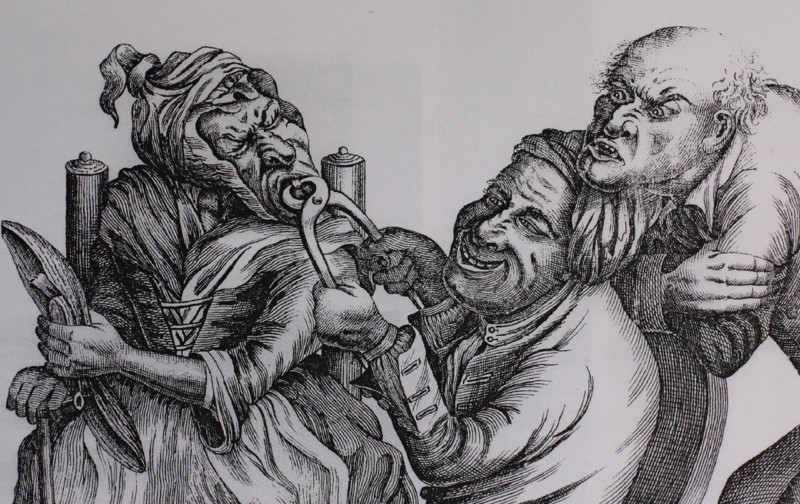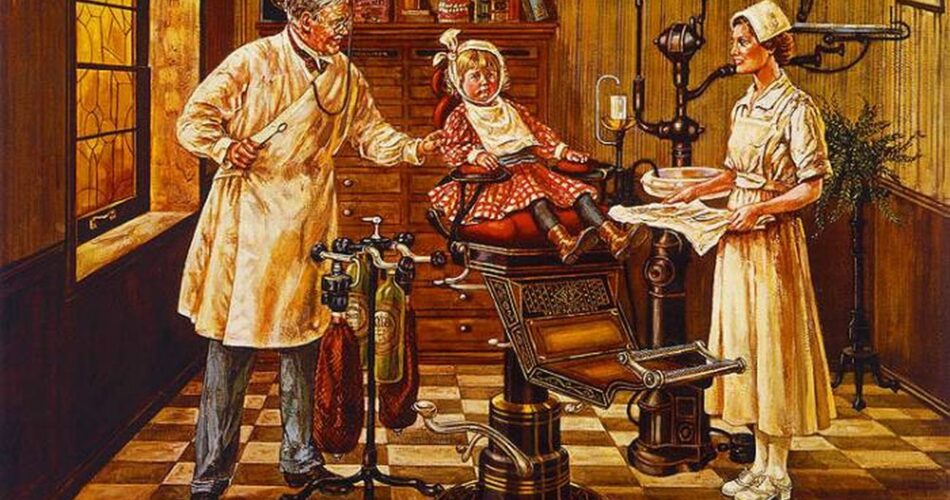Most of our knowledge of the Middle Ages comes from fantasy books, Monty Python movies, and TV shows. Therefore, some things we treat as facts are, in reality, nothing but myths. The Middle Ages lasted for around a thousand years from 476 AD to the 15th century, so some of the things we believe in are mostly true, but let’s debunk the 7 most popular misconceptions.
The right of the first night was commonplace
Prima nocta or “the right of the first night” is a messed up tradition that granted an influential person or a representative of power the right to deprive the newlywed bride of her virginity. Or at least that’s what we were told. Apparently, there is no evidence of this tradition in any documents, and it was first seen in the Sumerian tales of Gilgamesh, written somewhere around 1800 BC.
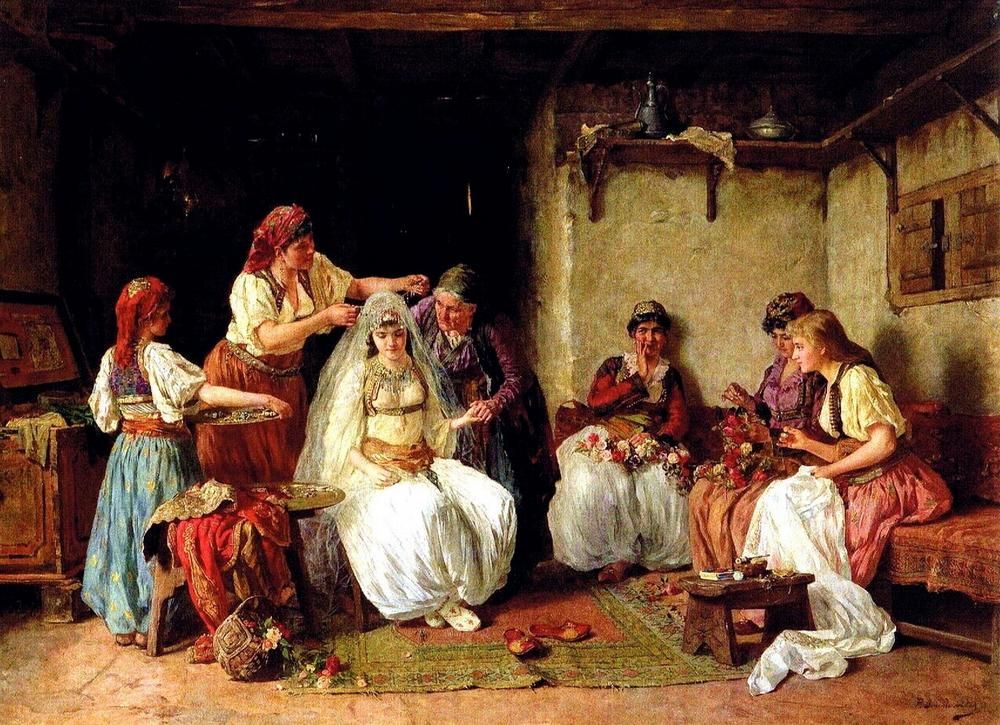
Life expectancy was only 30 years
Life in the Dark Ages was much more dangerous than it is today. The life expectancy was only 30 years due to high infant mortality. Imagine a family of four: two adults, two children. The first child dies shortly after birth, the second survives to 70, and parents pass away at 35 and 60 years old. Thus, the average life expectancy in this family is 41 years. But this does not mean that everyone was dying after 40. The hardest part was surviving childhood.

Because of the dirty water, everyone drank wine and beer
We have been fooled by movies and fantasy novels. It turns out that medieval people did not drink as much alcohol as we think. Most cities were then built near large bodies of freshwater, and only industrial facilities that worked with dyes were dangerous. Beer was much weaker than today’s IPA’s and porters, so the workers would drink it to quench their thirst after or during hard work.
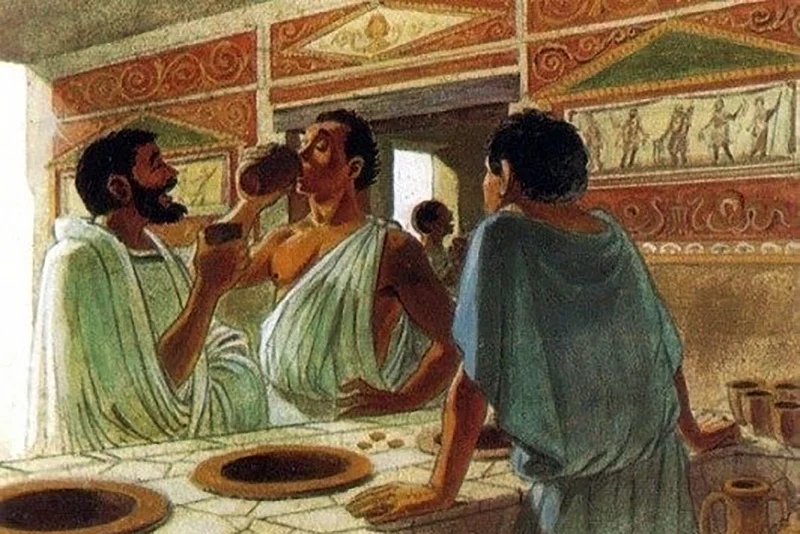
Medieval medicine was insane
We often imagine that the doctors of that time were completely bonkers and could saw off a person’s arm to rid him of an evil spirit. But in actuality, medical knowledge was progressing in leaps and bounds. Even to this day, we’re using some modified medieval practices – for example, how to treat burns or fight viruses.

Women were forced to wear chastity belts
We’ve all seen that weird device in the movies. These waist shackles are supposed to keep women from sinning with another man, but if you think about it, it does look like a big joke. The image of the chastity belt appeared in 1405 and was basically a meme at the time. Now imagine in 500 years someone digs up a dank meme and thinks that’s how we lived.
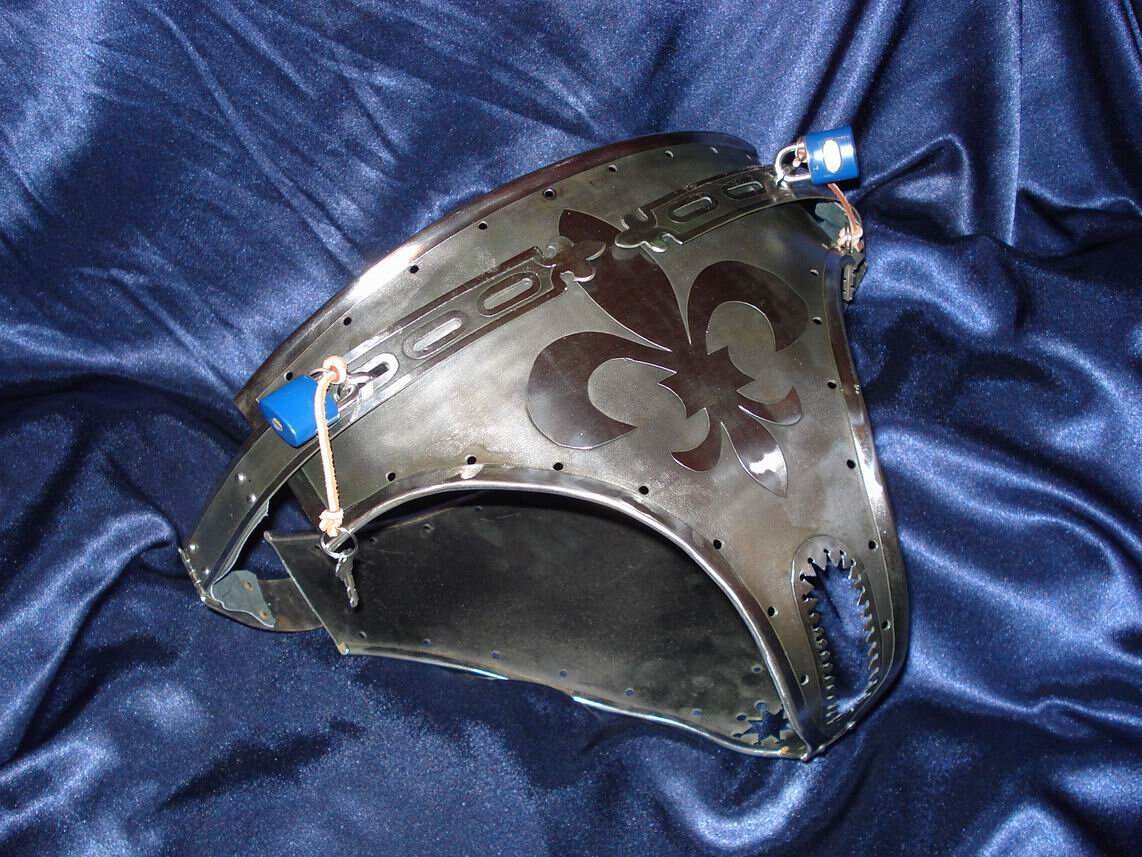
Women were baby factories and had to stay at home
In many movies about the Middle Ages, women only give birth, cook, and die young. But the archives tell us a different story. There are documents proving that lovely ladies were full members of our society. They took up harvesting, worked in confectionery stores, ran family shops, taverns, and hotels.

There was no dental care
Dentistry is still considered a form of torture, so it seems that it was right at home in the Middle Ages. Technically speaking, our ancestors did not have easy access to sugar, so their teeth were much healthier. At the same time, scientists examined the jaws of people from that period and found that they brushed and removed their teeth using professional tools.
